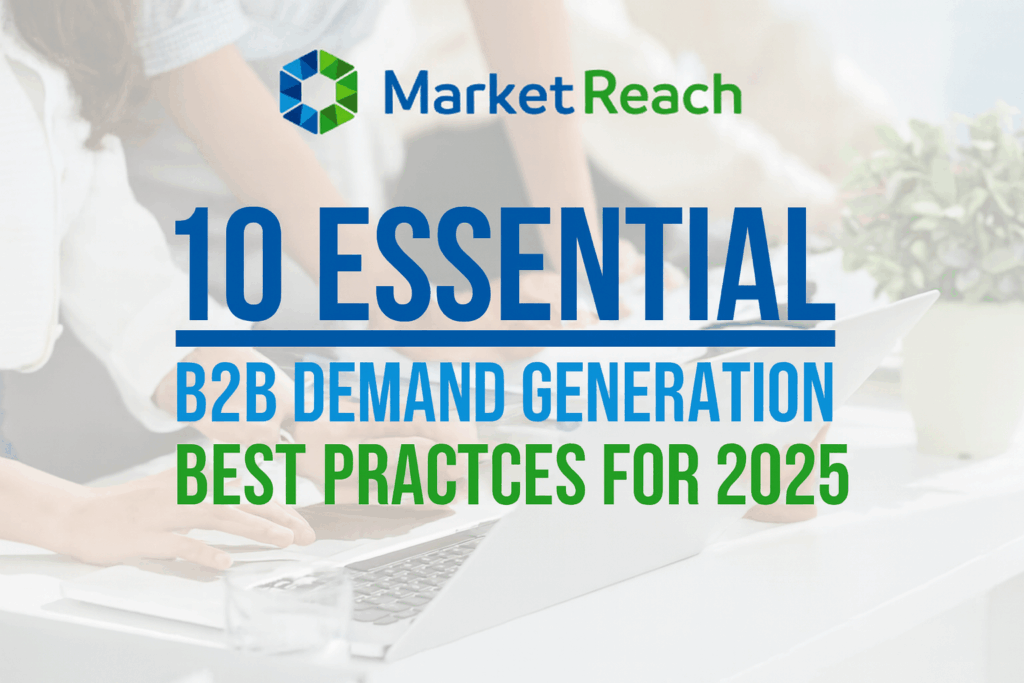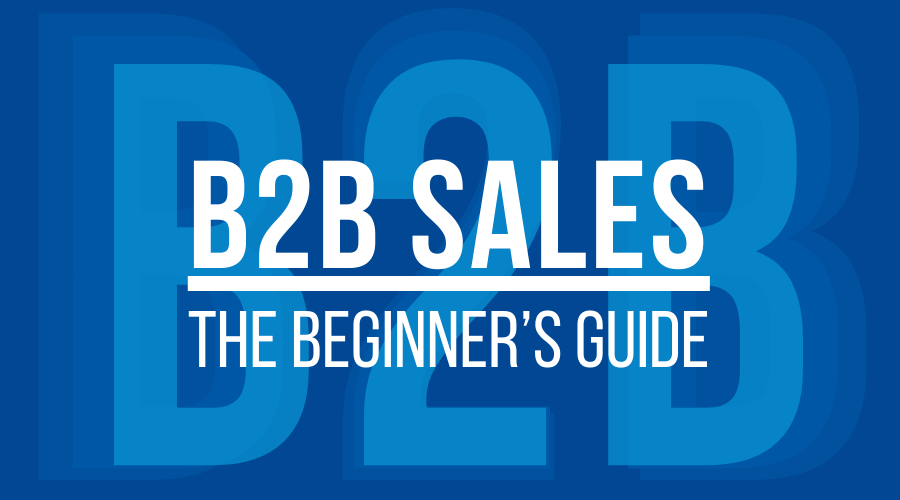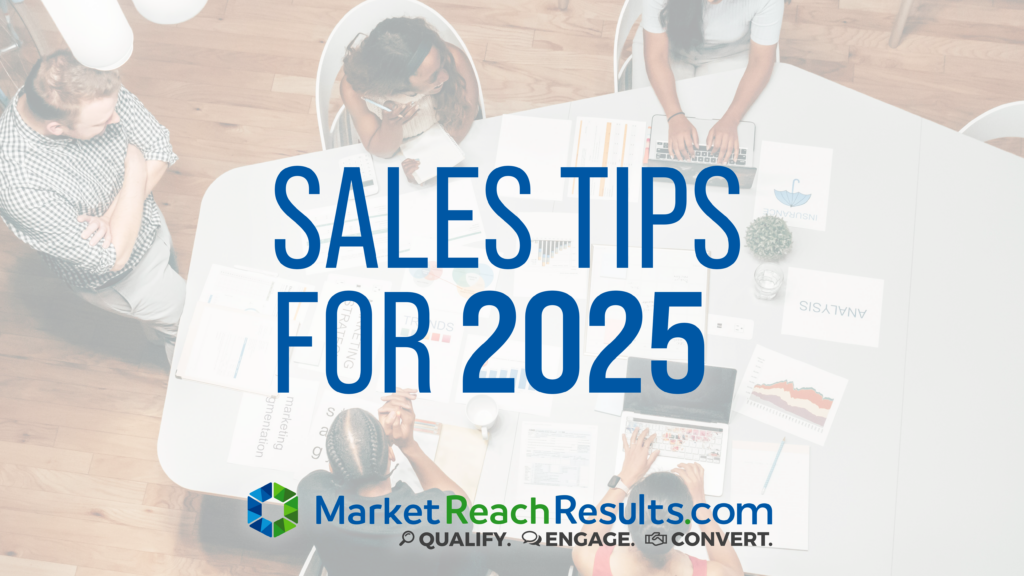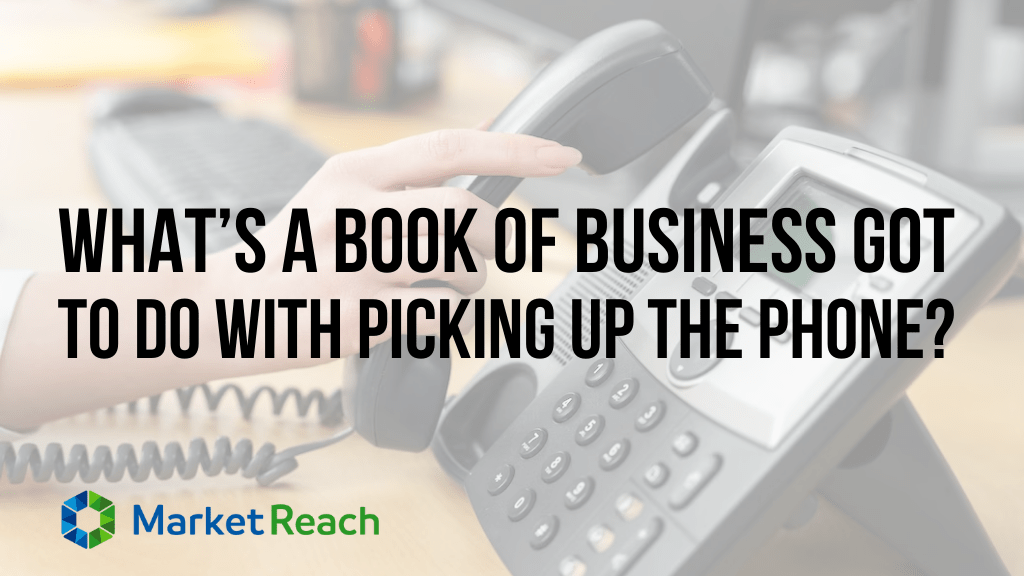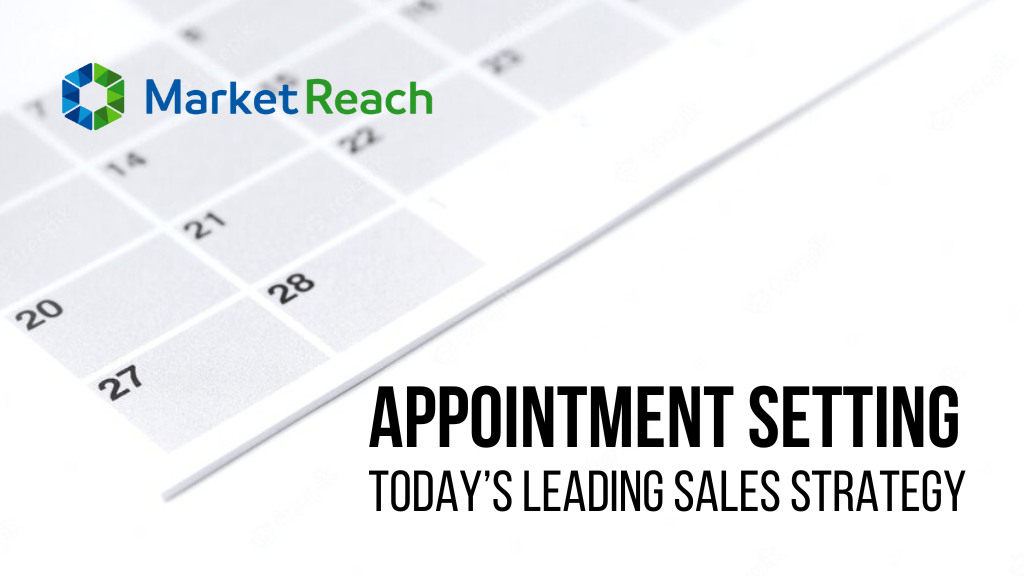When it comes to B2B sales, preparation is everything. Jumping into a sales call without proper research is like trying to build a house without a foundation—you’ll struggle to make a connection and ultimately fail to close the deal. Instead, strategic research transforms cold calls into warm conversations that lead to stronger relationships and better conversion rates.
- First, use resources online to research your prospect. Look for their website, social media, articles they’re cited on, and news articles mentioning them.
- The best information you’ll get will come directly from the prospect themselves. Refer to records of your company’s prior engagements with the lead. You may find these records in your CRM or prospect spreadsheet.
- When setting up your call with the prospect, remember to be timely with your prep for the call. Show up with an outline of what info you want to share with them. During the call, confirm that you’re on the same page regarding key points.
By using the right research strategies, you can identify key decision-makers, tailor your pitch, and increase your chances of a successful sales outcome. Below, we’ll break down how to effectively research prospects before a sales call, ensuring that every conversation is insightful, engaging, and positioned for success.
Step 1: Conduct Thorough Online Research
Your first source of information should be publicly available data online. In today’s digital age, a significant 81% of retail shoppers conduct online research before making a purchase, that is even higher with B2B customers and clients.
With the right approach, you can quickly gather valuable insights into a prospect’s business, needs, and potential pain points.
Where to Look for Valuable Insights
- Company Website – Review their About page, service offerings, and any recent blog posts or news updates. This will help you understand their industry focus and potential needs.
- LinkedIn Profiles – The company’s LinkedIn page and individual employees’ profiles provide useful details about company growth, hiring trends, and key decision-makers.
- Industry News & Publications – Check for any press releases, acquisitions, partnerships, or awards that might be relevant to your pitch.
- Competitor Analysis – Understanding how a prospect compares to competitors can help you position your product or service as the ideal solution.
Key Questions to Answer Before the Call
- What does the company do, and what industry do they serve?
- Who are their biggest competitors?
- Has the company been in the news recently?
- What challenges or pain points might they be experiencing?
- Who are the key decision-makers involved in purchasing decisions?
By answering these questions, you will walk into your call well-prepared and ready to engage.
Related Read: B2B Lead Generation: How to Find and Engage Decision-Makers
Step 2: Leverage Internal Data & Engagement History
While public research provides a good foundation, internal data from your CRM or prospect list can help personalize your approach even further. Effective pre-call planning has been shown to improve sales win rates, as it demonstrates to customers that the salesperson is prepared and understands their needs.
Why Past Engagement Matters
- Track Previous Interactions – Your CRM (Customer Relationship Management) system may have past call notes, email exchanges, or previous objections raised by the prospect.
- Identify Decision-Makers – If your company has interacted with this business before, previous conversations might reveal who holds purchasing power.
- Spot Buying Signals – Have they opened past emails? Clicked on links? Attended a webinar? These are indicators of interest and engagement.
How to Use This Data Effectively
- Review past emails and phone calls to identify pain points they have already shared.
- Check prior objections and prepare counterpoints based on new information.
- Use name-dropping strategically—mentioning a previous touchpoint makes your call feel more familiar and less intrusive.
If you have no prior engagement records, start logging them now. Keeping detailed notes on past conversations streamlines future outreach and improves conversion rates.
Related Read: Building Initial Rapport and Questions to Qualify
Step 3: Master the Art of Pre-Call Preparation
Once you have gathered your research, it is time to refine your approach. Notably, 76% of top-performing sales representatives “always” research their prospects before reaching out, highlighting the critical role of thorough preparation in successful sales engagements. An organized, structured call is more effective than one based on guesswork.
Pre-Call Checklist
- Set a Time Limit for Research – Spending too much time on a single prospect can diminish your efficiency. Allocate five to ten minutes per prospect and focus on the top 20 percent of high-value leads.
- Outline Key Talking Points – List three to five points you plan to cover during the call.
- Prepare Custom Questions – Based on your research, craft thought-provoking questions that encourage discussion.
- Anticipate Common Objections – Have responses ready for potential pushback on price, timing, or relevance.
- Organize Your Notes – Whether you use a CRM, spreadsheet, or handwritten notes, ensure your information is structured and easily accessible.
Writing out a 30-second introduction script that highlights how your solution aligns with their needs can help you sound natural and confident.
Step 4: Execute the Call with Confidence & Flexibility
Now that you are prepared, it is time to make the call. However, even with the best research, no two conversations are alike—so adaptability is key. 80% of sales require five follow-up calls after the initial meeting, yet 44% of sales representatives give up after just one follow-up, emphasizing the need for persistence and adaptability during the sales process.
Best Practices for Engaging Conversations
- Start with a Warm Opener – Mention a relevant detail from your research.
- “I saw your company just won an award for innovation in [industry]. Congratulations! That is exciting. I would love to hear more about what is next for you.”
- Validate Information – Ask or confirm key details before launching into your pitch.
- Focus on the Prospect, Not Just Your Offer – Frame your solution in terms of how it solves their problems.
- Listen & Adapt – Pay close attention to tone and responses, adjusting your approach accordingly.
If the prospect is not a good fit, do not push the sale—qualify or disqualify them early to avoid wasting time.
Related Read: 3 Tips for Gaining the Prospect’s Attention on an Introductory Call
Final Thoughts: Research is the Key to Sales Success
In today’s competitive B2B landscape, sales success starts with research. A well-prepared sales call allows you to:
- Build credibility and trust
- Engage decision-makers effectively
- Personalize your pitch and increase conversions
- Maximize your time and effort on qualified prospects
By taking the right steps before every call, you will improve your ability to turn cold leads into warm relationships and, ultimately, close more deals.
Ready to boost your sales strategy? Schedule a Consultation with MarketReach Today.
More Resources from MarketReach
MarketReach’s Lead Generation Services
B2B Telemarketing Guide
How to Set Sales Appointments Using Telemarketing
See if MarketReach is right for you!
If you are looking for more qualified B2B leads, more sales appointments with decision-makers, and a reliable telemarketing partner – then MarketReach may be the partner you’ve been waiting for!
Set up a free consultation to find out.
